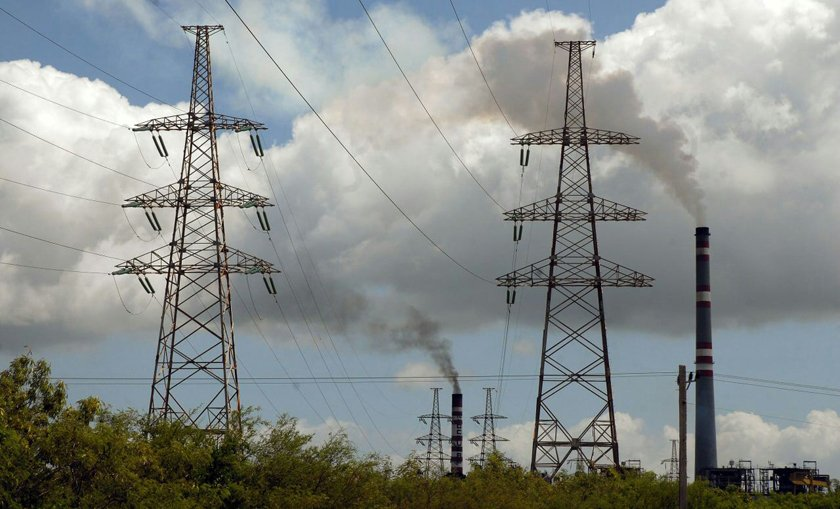
Havana, Nov 16.- Given the tense financial situation that Cuba is experiencing and that affects the generation and distribution of electrical energy, workers in the sector are working intensely to improve the conditions of the electrical energy system by the end of 2023.
During his intervention on the radio-television program Mesa Redonda, Alfredo López Valdés, general director of the Electrical Union (UNE), explained today that they are working on the reincorporation into the National Electrical System of four generating units that are currently out of service: Renté , Felton, Nuevitas and Mariel.
To do this, he pointed out, financing and a trained force for assembly are required.
López Valdés referred to the contribution of the mixed company Energas, which with the excavation of three new combined wells between crude oil and gas has become an efficient source for electricity generation.
According to the general director of the UNE, with the thermal energy provided by the thermoelectric plants and what Energas produces, it is possible to deliver around 60 percent of the energy to the system.
In the case of the so-called patanas, which are currently found in various parts of the Cuban geography, López Valdés recognized that they are an alternative that, together with base generation, helps to achieve stability in electrical distribution.
The aim, he said, is for Cuba to produce more than 40 megawatts per hour (MW/h) through the combination of all these energy sources and with its own fuels.
He specified that although the country has around two thousand MW/h of distributed generation through generating sets, at this time there is only 900 MW/h available that guarantee electrical energy in the territories and in disaster situations.
Regarding renewable energy sources, he assured that they are essential for the transformation of the country's energy matrix, which already reaches 250 MW in the case of photovoltaic solar.
López Valdés urged to promote the use of wind and hydraulic energy and the use of sugarcane and forestry biomass, and to rationally use that produced by fossil fuels in the face of the increase in climate equipment and electric means of transportation.
The UNE director emphasized the importance of pruning trees to protect tension lines.
Regarding the production of transformers, he noted that it is insufficient to meet the demand of the population, which is why they must be managed and placed in the places that require it most.
Lázaro Guerra Hernández, technical director of the UNE, explained that although the availability of fuel comes from various sources, there are difficulties in acquiring diesel, for example, since it is expensive for the country.
Some floating plants leave the system because the crude oil they require is transported by sea and when it reaches Cuban soil it does not meet the appropriate conditions, Guerra Hernández pointed out.
This problem and the tense financial situation that the largest of the Antilles is experiencing, he noted, prevents these sources from providing energy to the system at the time of greatest demand.
The solution is always sought to restore the fuel that the plantations require in the shortest possible time, stated the technical director of the UNE.
He assured that for the coming days the trend is towards improvement, because the required fuel is available, which will reduce the probability of blackouts in the country.
Guerra Hernández announced that in the coming weeks the Felton 1 unit will leave the system to undergo maintenance and, consequently, be in better condition by the end of the year.
Both authorities of the Electrical Union praised the commendable work of entities in the sector such as the Unión Cuba Petróleo, the joint company Energas, and also the Azucarero Azcuba Group, the National Institute of Hydraulic Resources and the Revolutionary Armed Forces. (ACN) (Photo: Archive)